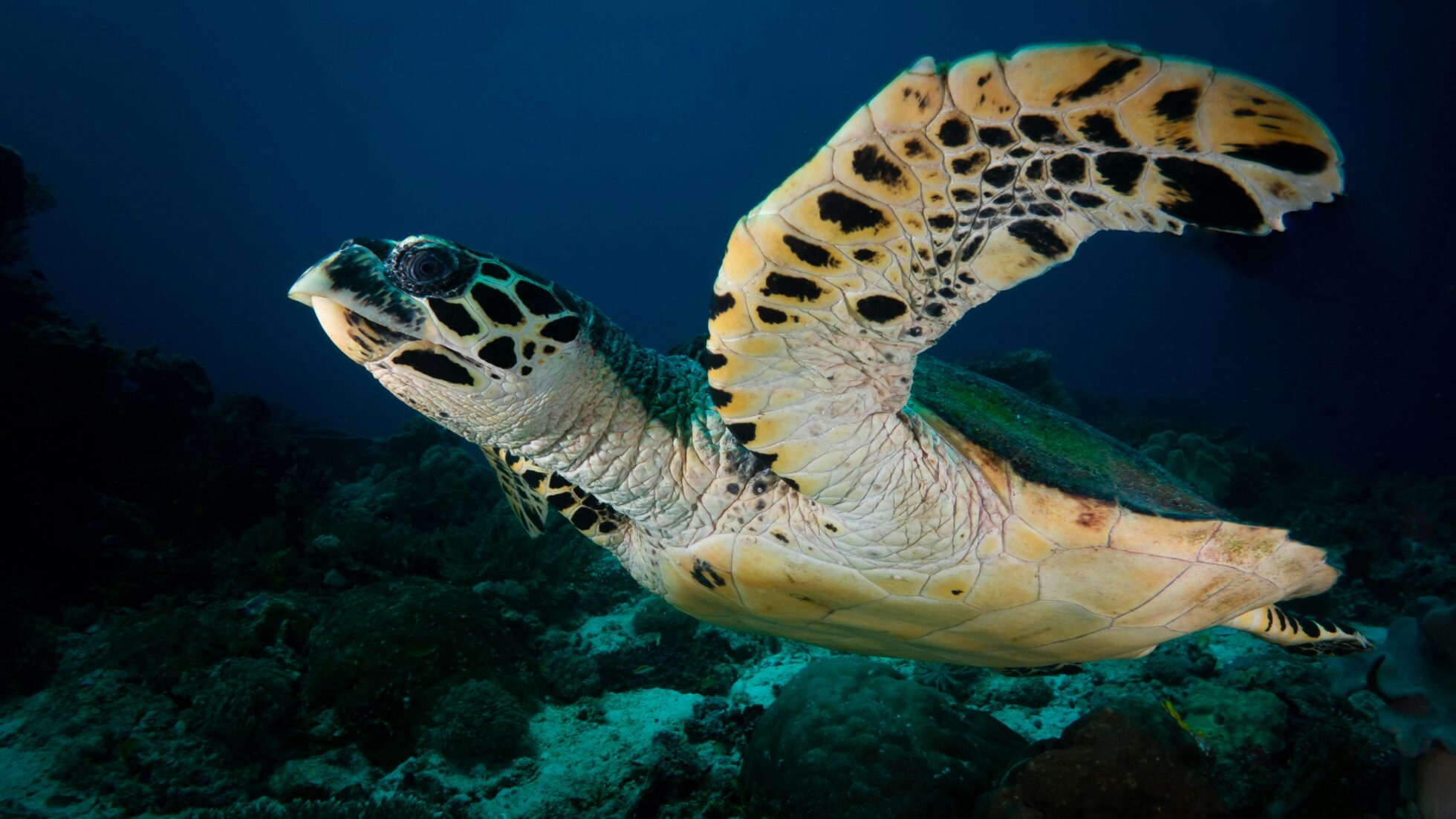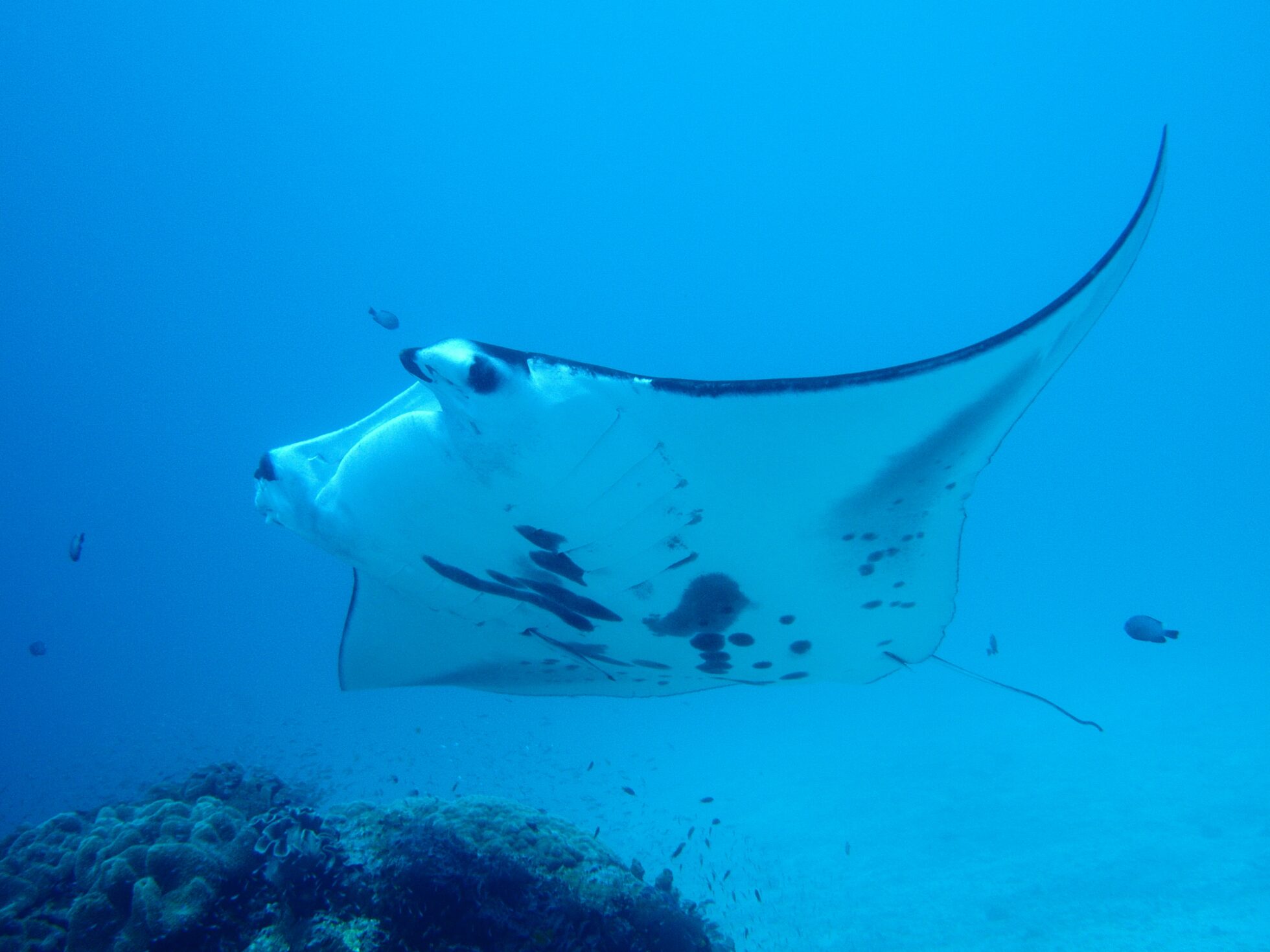Check out the chill vibes of dugongs! Learn about their laid-back lifestyle and why the Bazaruto Archipelago is so important. Dive into their world with us!
GVI
Posted: July 1, 2024

GVI
Posted: July 10, 2024
Welcome to Raja Ampat, nestled in Indonesia’s Coral Triangle. This remote archipelago, off the northwest coast of New Guinea, isn’t just another diving destination – it’s a sanctuary for adventurers and nature enthusiasts alike, offering a diving experience unlike any other.
Picture diving into a world where every dive reveals a new wonder. Raja Ampat boasts an astonishing variety of marine species, from over 1,500 types of fish to 700 mollusks and vibrant coral reefs. It’s like exploring a bustling underwater metropolis.
Beyond just visibility, Raja Ampat’s crystal-clear waters create a perfect canvas for underwater photography. Capture the vibrant colours of corals and the graceful movements of marine life with unparalleled clarity.
Whether you’re exploring shallow reefs teeming with colourful fish, navigating through thrilling underwater caves, or descending along dramatic drop-offs, Raja Ampat offers diverse dive experiences suitable for every skill level. Each dive site tells its own unique story, promising encounters with marine wonders that will leave a lasting impression.

Raja Ampat is part of the Coral Triangle, a vast region known for its exceptional marine biodiversity spanning six countries. Often referred to as the “Amazon of the Seas,” it is home to 76% of the world’s coral species and over 3,000 species of fish. Conservation efforts are crucial here to protect these rich ecosystems and promote sustainable tourism practices.

The journey to Raja Ampat typically begins with a flight to Sorong, the gateway city to the archipelago. Domine Eduard Osok Airport (SOQ) in Sorong receives flights from major Indonesian cities like Jakarta, Makassar and Manado. From Sorong, travellers can take a ferry or speedboat to the main islands of Raja Ampat.
Several ferry and speedboat services operate between Sorong and the main islands of Raja Ampat, including Waisai (the capital of Raja Ampat) and Misool. Ferry schedules can vary, so it’s advisable to check ahead and plan accordingly.
Raja Ampat offers a range of accommodations to suit every budget and preference. From eco-resorts nestled in lush jungles to overwater bungalows with panoramic ocean views, there’s something for everyone. Popular areas to stay include:
Raja Ampat enjoys a tropical climate with two distinct seasons:
Visit during the dry season (October to April) for calm seas and excellent visibility, perfect for exploring Raja Ampat’s underwater wonders.
Expect water temperatures between 27°C to 30°C (81°F to 86°F) and varying currents across different dive sites. Ensure you have the right certifications for deep dives and cave explorations.
Volunteer and dive into conservation efforts amidst the breathtaking marine landscapes of Raja Ampat with GVI. Nestled in the Coral Triangle, this archipelago is a haven for biodiversity, housing 80% of the world’s coral species. Join the local team on Arborek Island to monitor coral reefs, record manta ray sightings and combat invasive species like the crown-of-thorns starfish. Whether you’re an experienced diver or looking to earn your PADI qualifications, this volunteer program offers a unique opportunity to contribute to global marine conservation while living on a secluded island paradise.
Raja Ampat promises an unforgettable diving adventure. Plan your trip and prepare for an extraordinary journey into Indonesia’s diving paradise.
Check out the chill vibes of dugongs! Learn about their laid-back lifestyle and why the Bazaruto Archipelago is so important. Dive into their world with us!
GVI
Posted: July 1, 2024